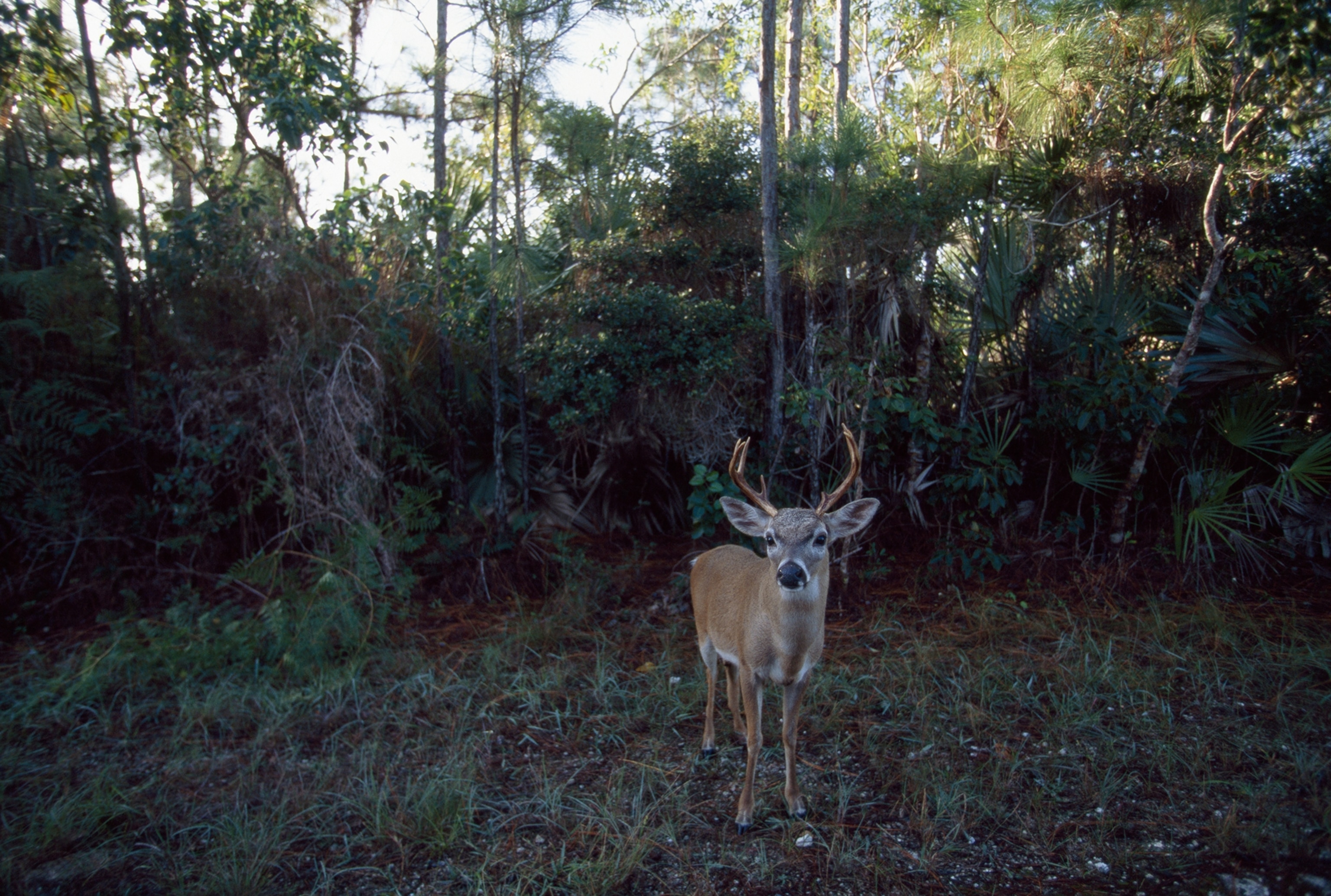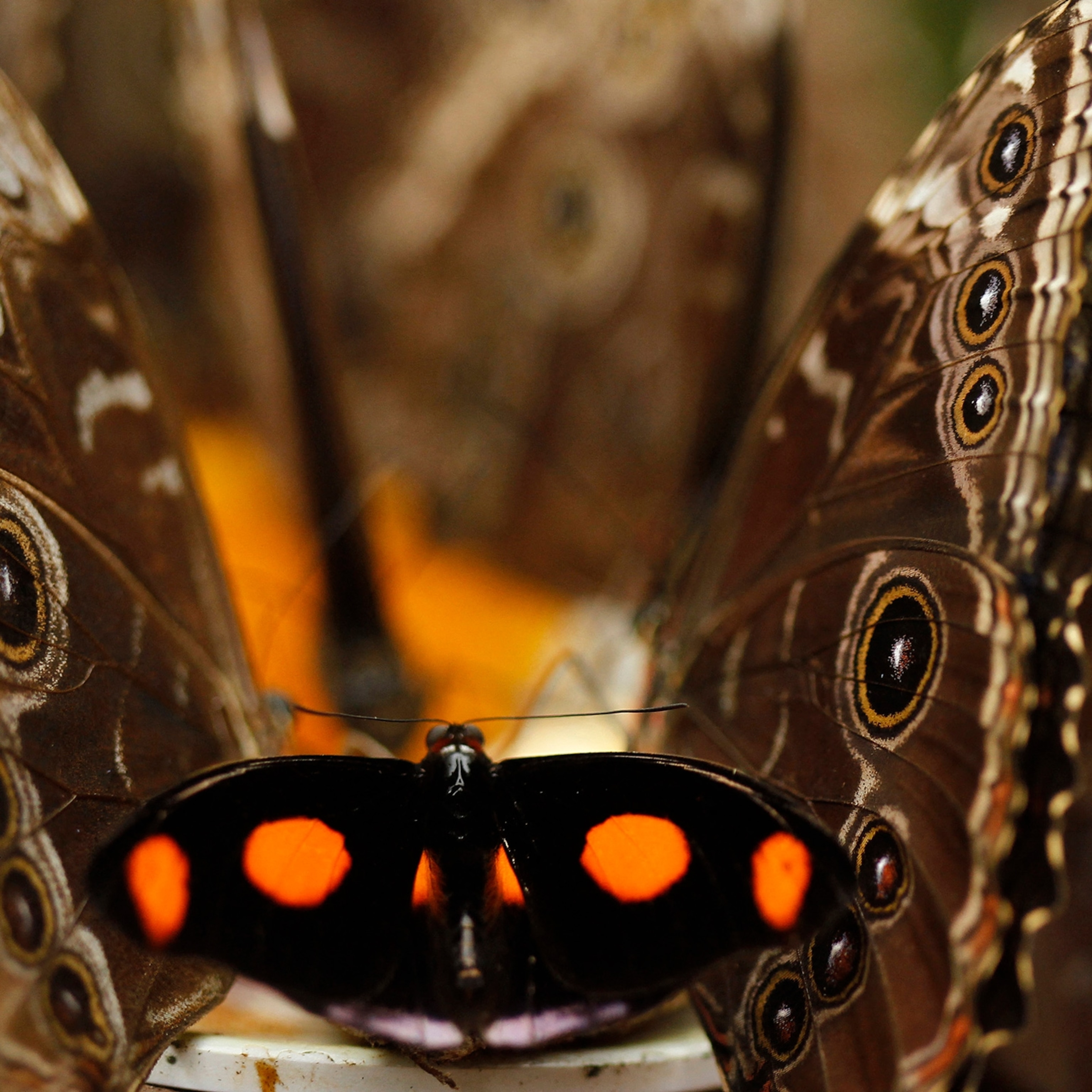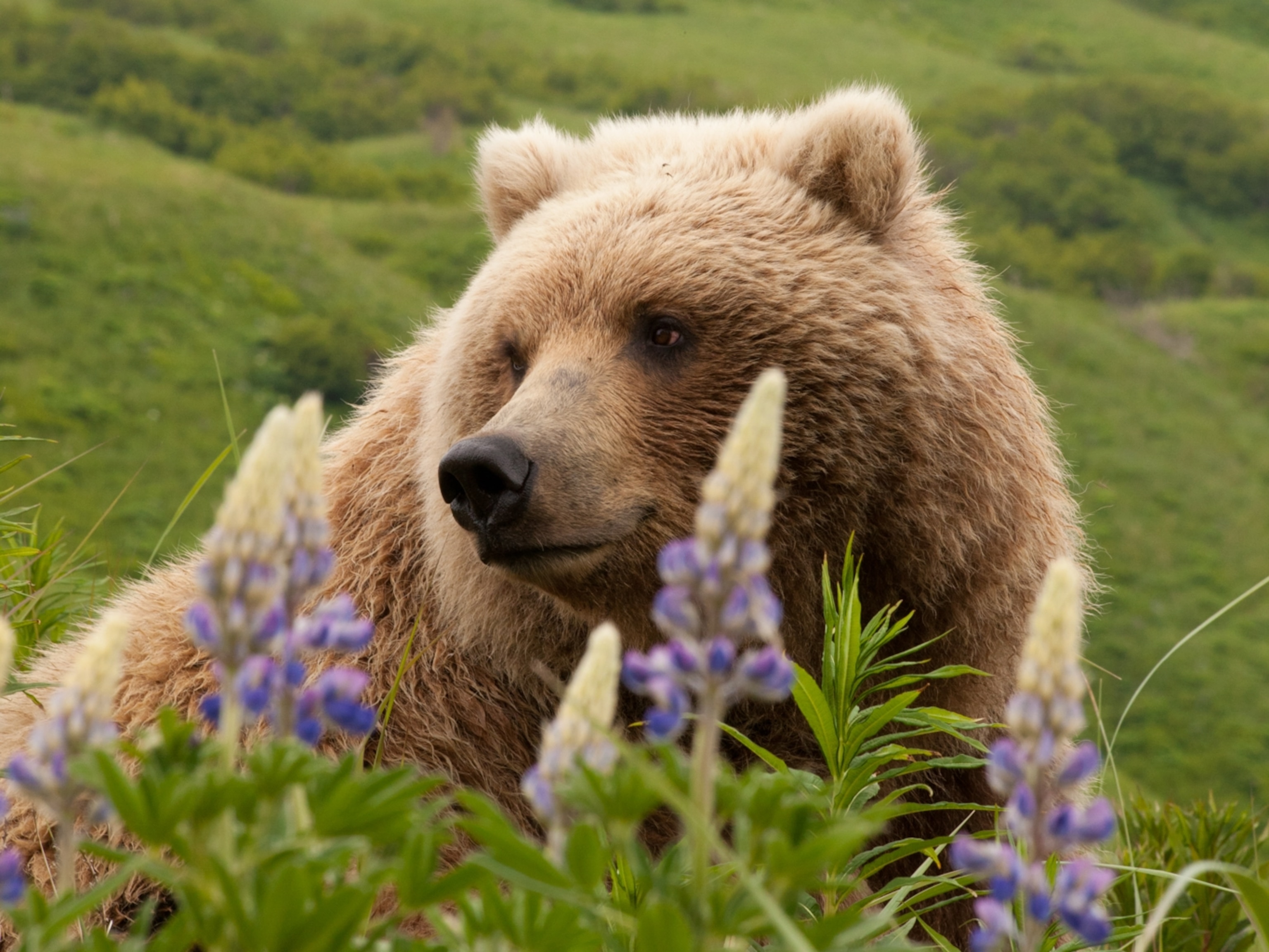
Why the government breeds and releases billions of flies a year
A program in Panama breeds, sterilizes, and releases 20 million screwworm flies a week to protect livestock from flesh-eating larvae. This is how it works.
Just east of the Panama Canal, tucked between patches of rainforest, farmers’ fields, and the Pacora River, there's a green-roofed building that looks like any other factory facility on Earth. Except inside this building, which is jointly operated by the Panamanian and United States governments, they breed flies.
(Sequencing Tsetse Fly Genome Reveals Surprises That May Save Lives)
Millions of flies a week. More than a billion a year. Inside, the air smells faintly of rotting meat, as the fly larvae dine on a carefully honed diet of milk, eggs, fiber, and cow blood.
These aren’t your usual houseflies, however. These are highly destructive New World screwworm flies, also known as cattle borers. And to combat them, scientists systematically expose their pupae to radiation in the lab to render them sterile before they’re released en masse above the wilds of Central America.
This elaborate—if somewhat disgusting—operation maintains a little known but hugely important invisible barrier. It’s part of a decades-long effort to protect livestock throughout North and Central America by keeping screwworm flies and their flesh-eating, parasitic larvae south of Panama. Native to the Americas, New World screwworms were eradicated from the U.S. in 1966 and are kept at bay by the Panama-U.S. Commission for the Eradication and Prevention of the Cattle Borer Worm (COPEG), using a technique that also helps protect strawberries, coffee beans, and cotton—among other things—from pests.
The shiny blue screwworm fly lays its eggs in the open wounds of warm-blooded animals, so its larvae have something to eat. About two to three times the size of a common housefly, these parasites especially love livestock. During the first half of the 20th century, screwworm larvae cost the industry some $20 million annually, in addition to causing cows, pigs, and other livestock excruciating pain.

“They can lay their eggs in a wound as tiny as a tick bite,” says Vanessa Dellis, general director of the U.S. Department of Agriculture’s Screwworm Program. A screwworm infestation can be lethal.
Fortunately, scientists have found a way to thwart the parasites: Regular releases of millions of irradiated, sterile flies every week has managed to eradicate them from the U.S. all the way down through Central America. Now, 25 years after the U.S. and Panama first partnered on this fly-breeding and -irradiating venture, it’s clear the program has been a success, keeping both humans and animals free of the ravenous parasites.
Fighting flies with flies
“The flies have a unique biology,” says Pamela Phillips, technical director of the USDA’s Screwworm Program. Females only mate once in their three-week lifespan, so if the male they mate with is sterile, there will be no new screwworm larvae. Saturating an area with sterile males will eventually lead to the fly’s demise. It’s known as the “sterile insect technique” and also has been used to address human health concerns, such eradicating tsetse flies, which transmit sleeping sickness to humans, from Unguja Island in Zanzibar.
By exploiting this biological weakness of the screwworm fly, the U.S. government was able to eradicate screwworms in the country in 1966. Using the sterile insect technique to control screwworms has been one of the most successful entomological success stories of all time, according to the USDA.
After the USDA program managed to wipe out fertile screwworms in the mainland U.S., they bugs were pushed further and further south. By 1991, Mexico was free of the New World screwworm. The insect’s strongholds in Belize and Guatemala fell next, then El Salvador, Honduras, Nicaragua, and Costa Rica. In 2002, Panama slammed the door closed on the continent. The screwworm barrier now lies on the doorstep to Colombia, where screwworms still occur.
“We have a lot of pride to have this program here in Panama,” says Enrique Samudio, general director for the Panamanian Ministry of Agriculture side of COPEG. “It’s unique in the whole world.” To maintain this progress against the screwworm however, scientists must annually release billions of irradiated males, overwhelming the wild, fertile male screwworm supply that could mate with the available females. The sterile, good-guy flies are released by airplane to the tune of six flights over Panama’s southeastern Darién region every week.
Sometimes, however, there are still outbreaks. Global trade can lead to screwworm stowaways, so the COPEG facility has to stand ready to disburse emergency supplies of sterile flies whenever necessary.
Flies at the ready
Reserve flies have been used to eradicate screwworm outbreaks on the island of Aruba twice, once 2004, and again in 2011. But most recently, this triumphant science was used to save a population of endangered miniature deer native to the Florida Keys in 2016.
Every summer, male Key deer bash their antlered heads against each other in an attempt to establish mating rights. And every summer, wildlife managers note injuries on the deer’s head, neck, and shoulders. Key deer are endangered, with only about a thousand left in the wild, so monitoring their health is critical.
In the summer of 2016, those injuries didn’t heal. Instead, they began to fester, infected with thousands of hungry screwworm larvae.
“It was pretty darn horrific,” says Jon Wallace, incident commander for the U.S. Fish and Wildlife Service (USFWS), who oversaw the service’s involvement in the response.
No one really knows for sure how the new batch of screwworms got into the Florida Keys, but given that screwworms are known to take a brutal toll on newborns and birthing mothers something had to be done quickly.
In late September, the cavalry arrived.
Armed with 190 million flies from Panama, USDA experts started releasing three consecutive generations of sterile screwworm flies onto islands throughout the Florida Keys. At the same time, a team made up of staff from the USFWS, National Key Deer Refuge, Monroe County, and nearly to 200 volunteers began helping the deer that were already infected by coaxing them to eat donut holes laced with anti-parasitic medication.
“We hit a peak where we were having to euthanize probably ten to fifteen deer a week,” says Wallace. “But then the [anti-parasitic medication] started working, and the sterile fly releases started working, and it wound down really quickly after that.”
By March, the USDA declared the screwworms extinguished and the Key deer safe.
“We didn’t lose a single fawn or a single mother to screwworm,” says Wallace. “The USDA was dead on.”
The fruit flies
The sterile fly technique is good for more than protecting us against screwworms. In fact, you might be benefitting from it every time you take a bite of strawberry or a sip of coffee.
This is because there are plenty of flies that would prefer to lay their eggs in fruits and vegetables rather than on animals. And when they do, their larvae turn crops into rotting mush.
“The Mediterranean fruit fly, for example, is probably one of the most devastating fruit and vegetable pests worldwide,” says Ken Bloem, national fruit fly coordinator for USDA Animal and Plant Health Inspection Service (APHIS).
Originally from Africa, these housefly-size insects are introduced by hitching a ride on produce.
But they, too, can be combatted using the sterile insect technique, which APHIS runs continuously in areas where these flies tend to pop up, like California and Florida.
“It’s a great technology,” says Bloem. “We’ve also used it recently to declare the eradication of the pink bollworm, which is a cotton pest.”
But as important as these programs are, they remain a curious thing to have to explain at a dinner party.
“When someone asks me what I do, I say I dedicate my life, my career, to mass-producing flesh-eating bugs in Panama,” says Dellis. “But we do it in order to prevent those same flesh-eating bugs from infecting their hosts, which are all warm-blooded animals, including livestock, wildlife, and human beings.”







